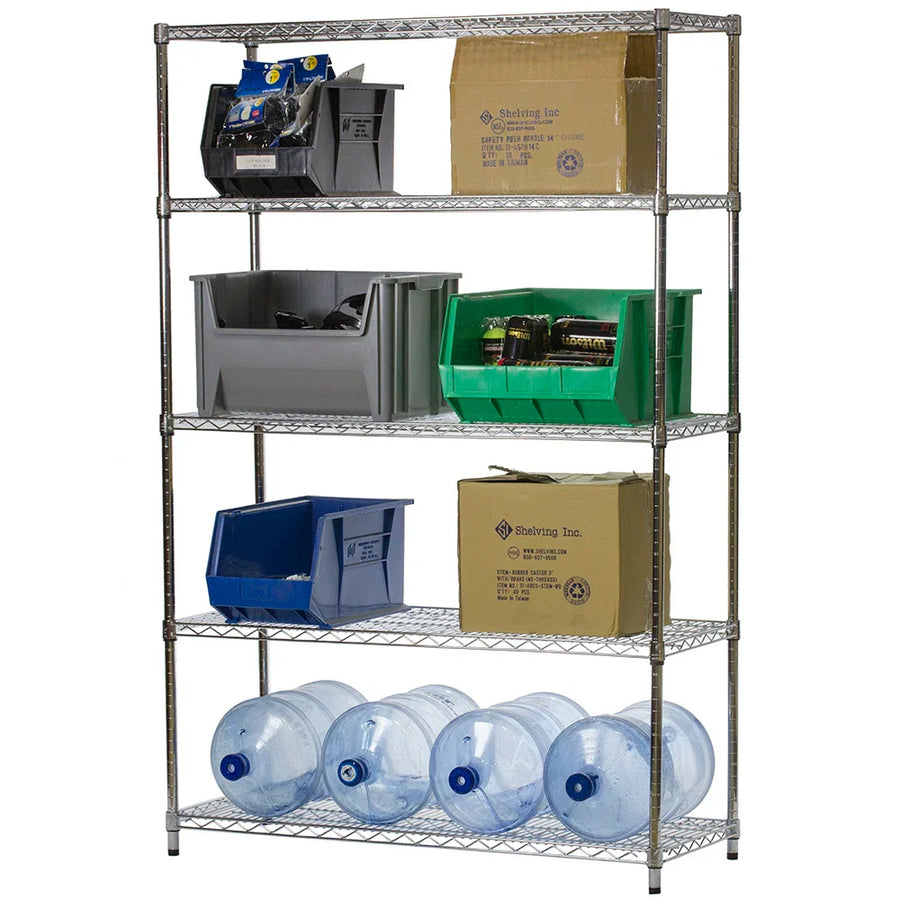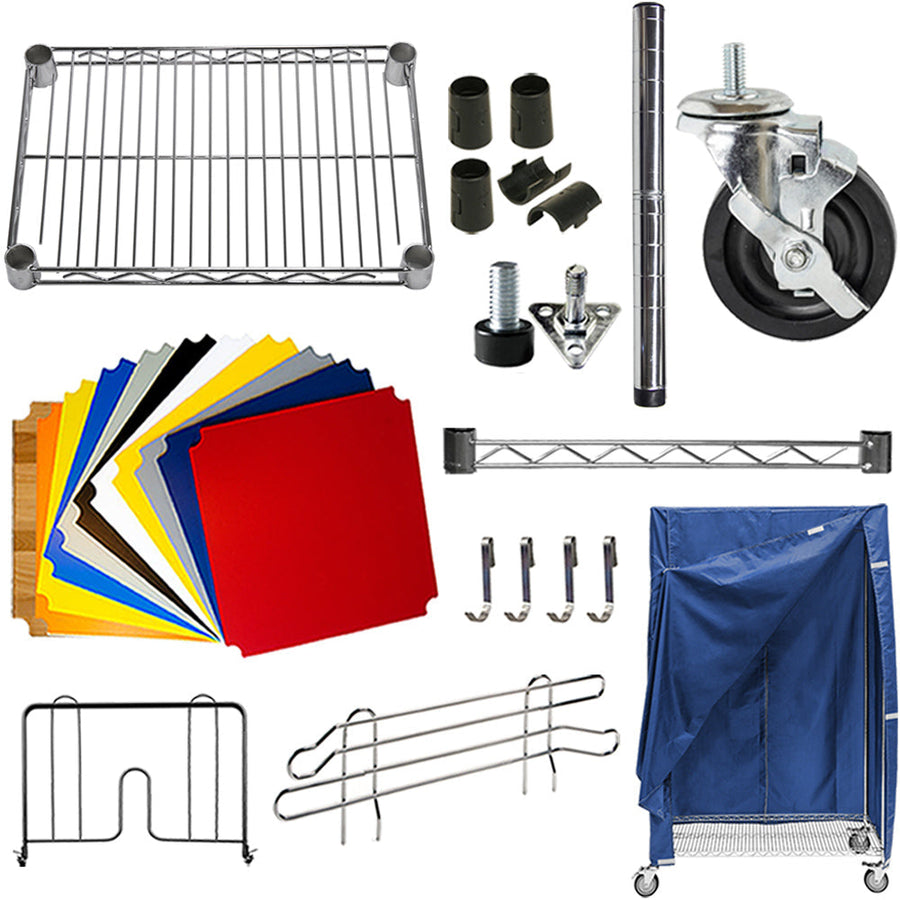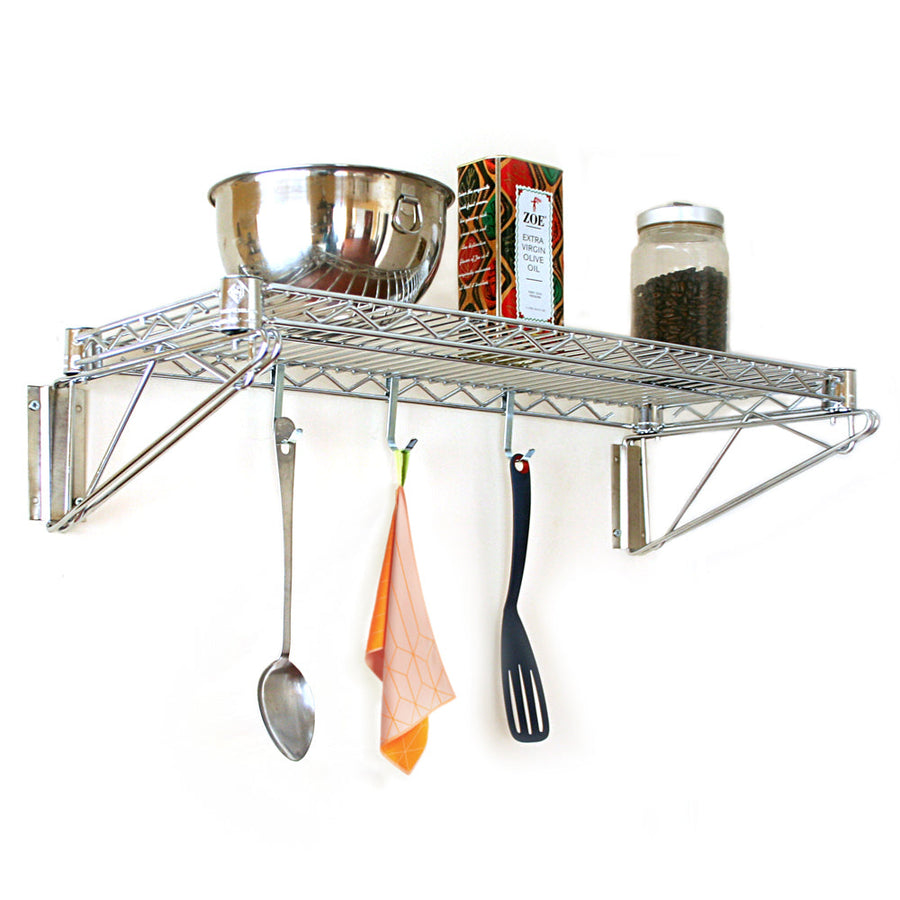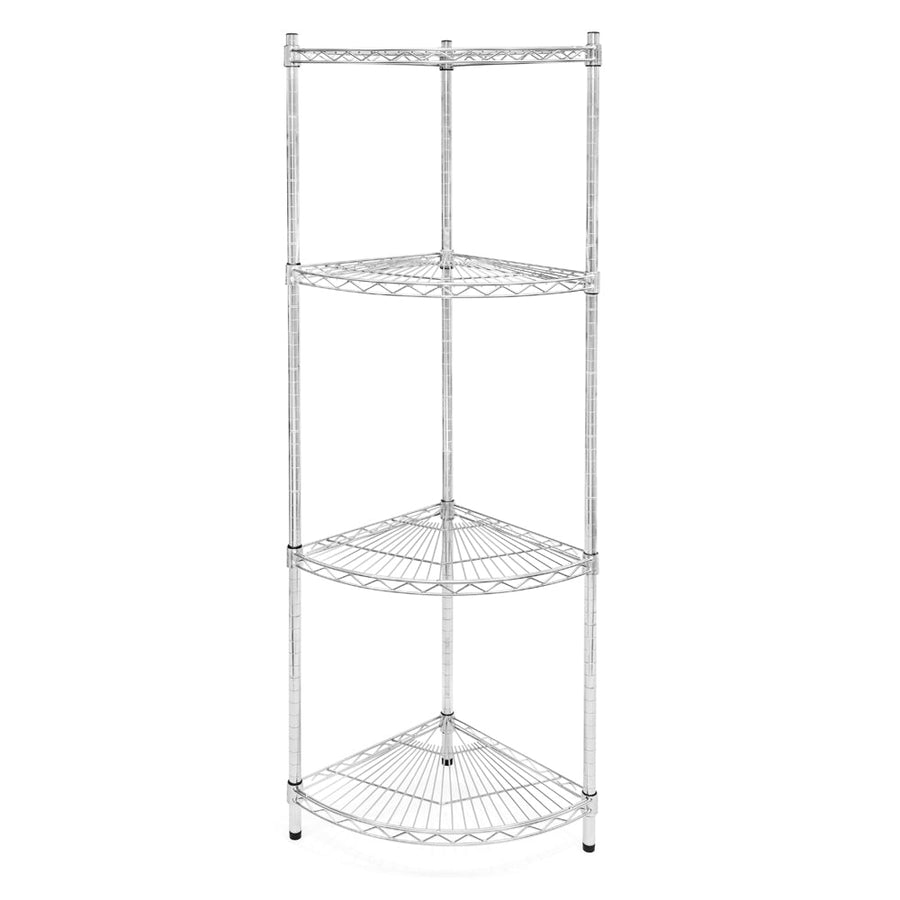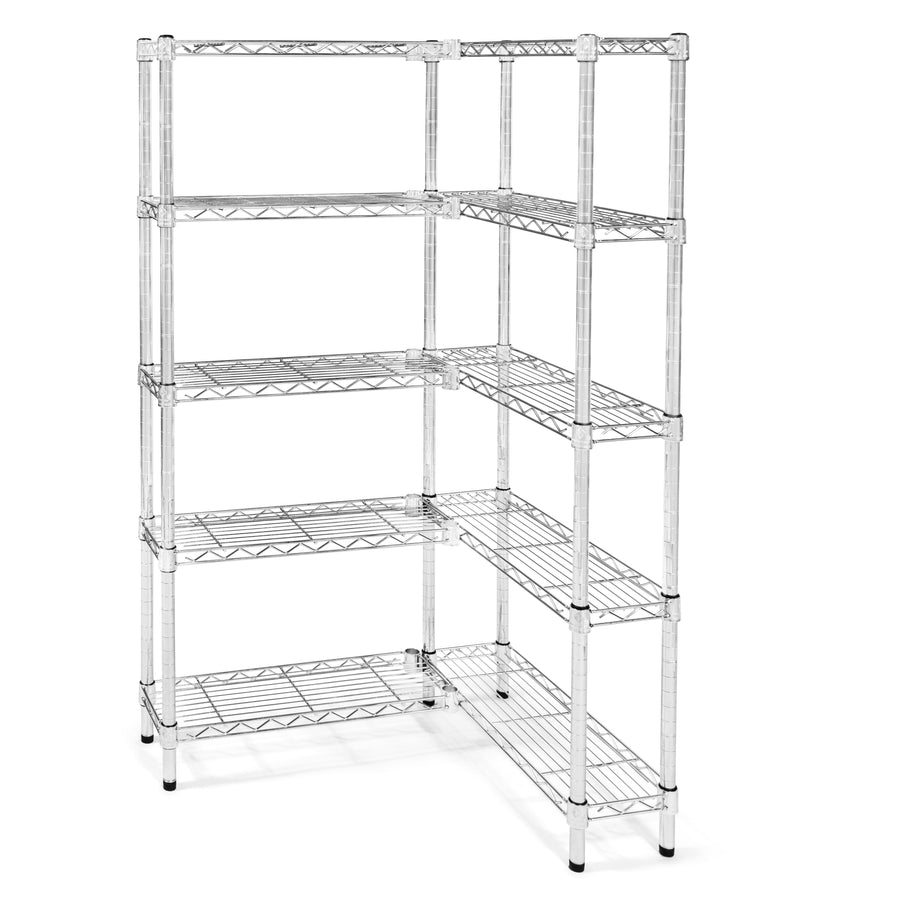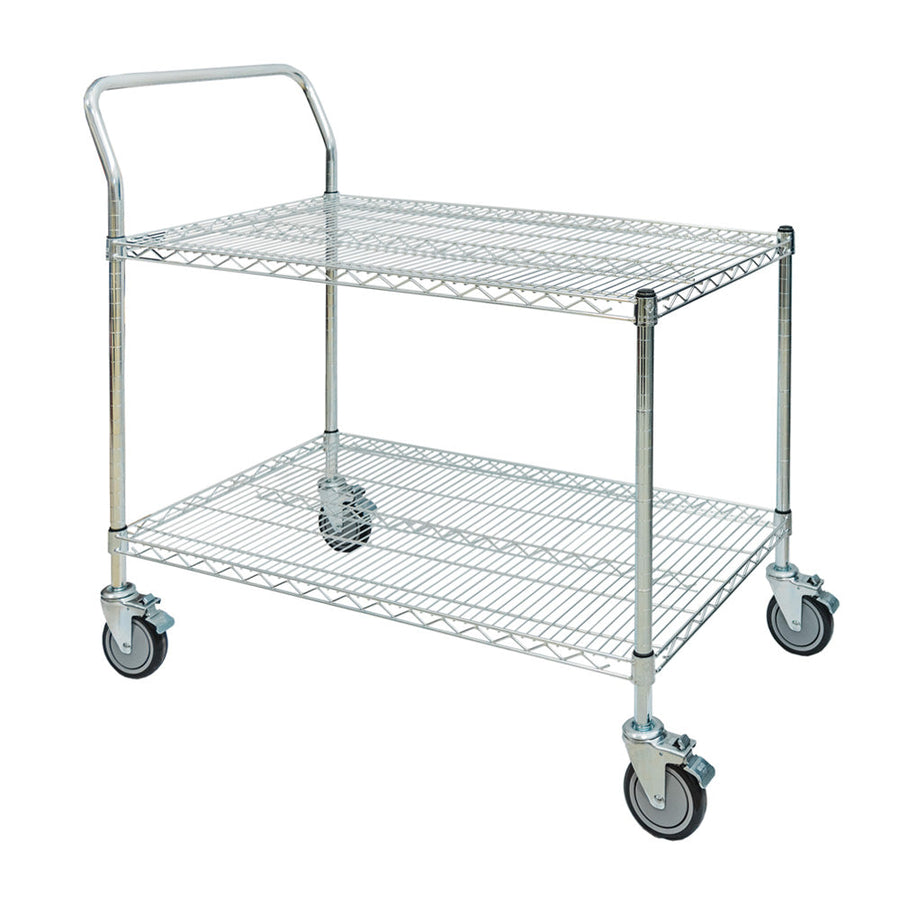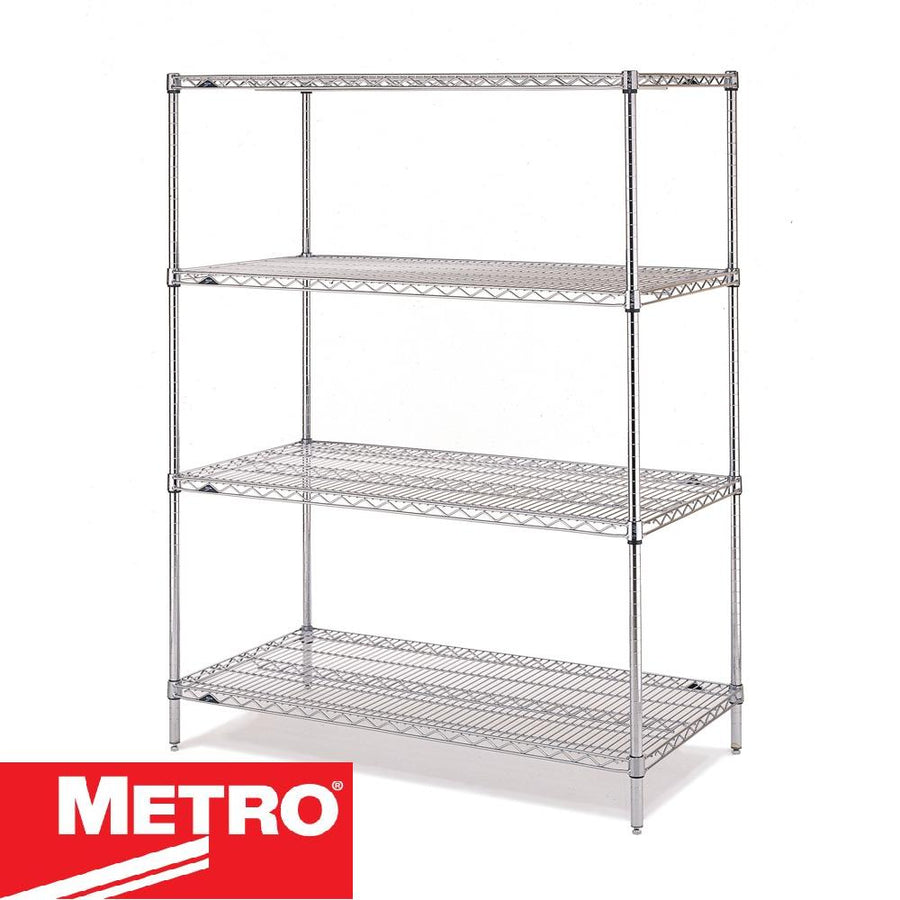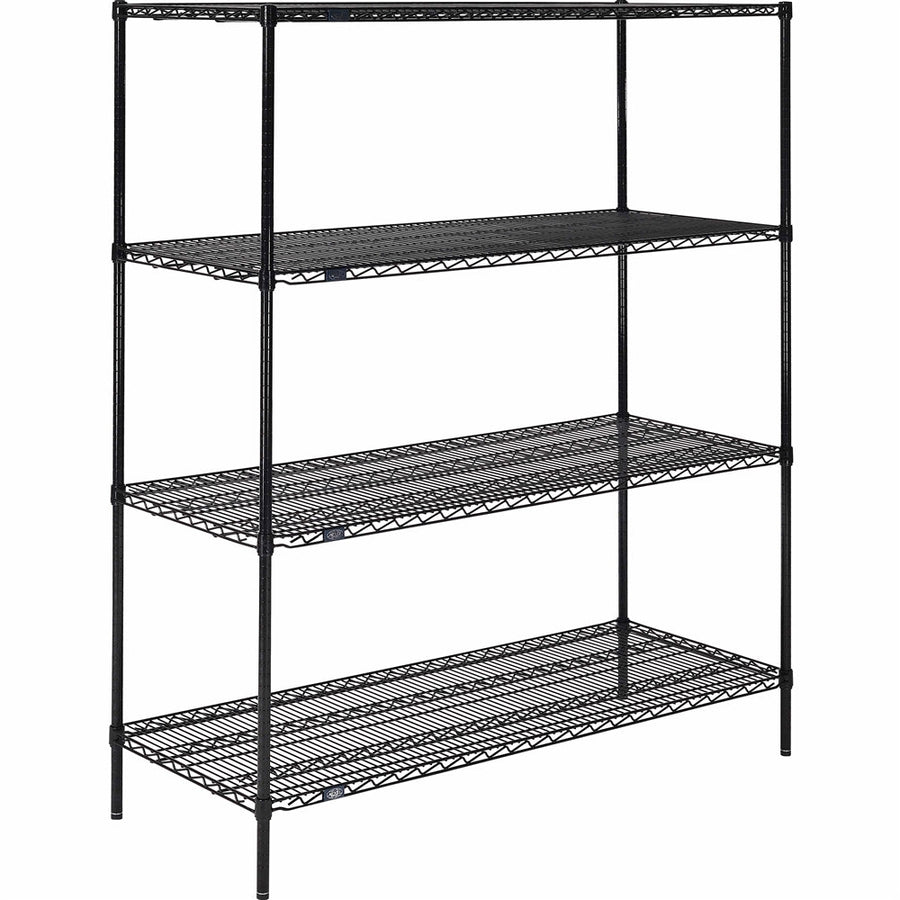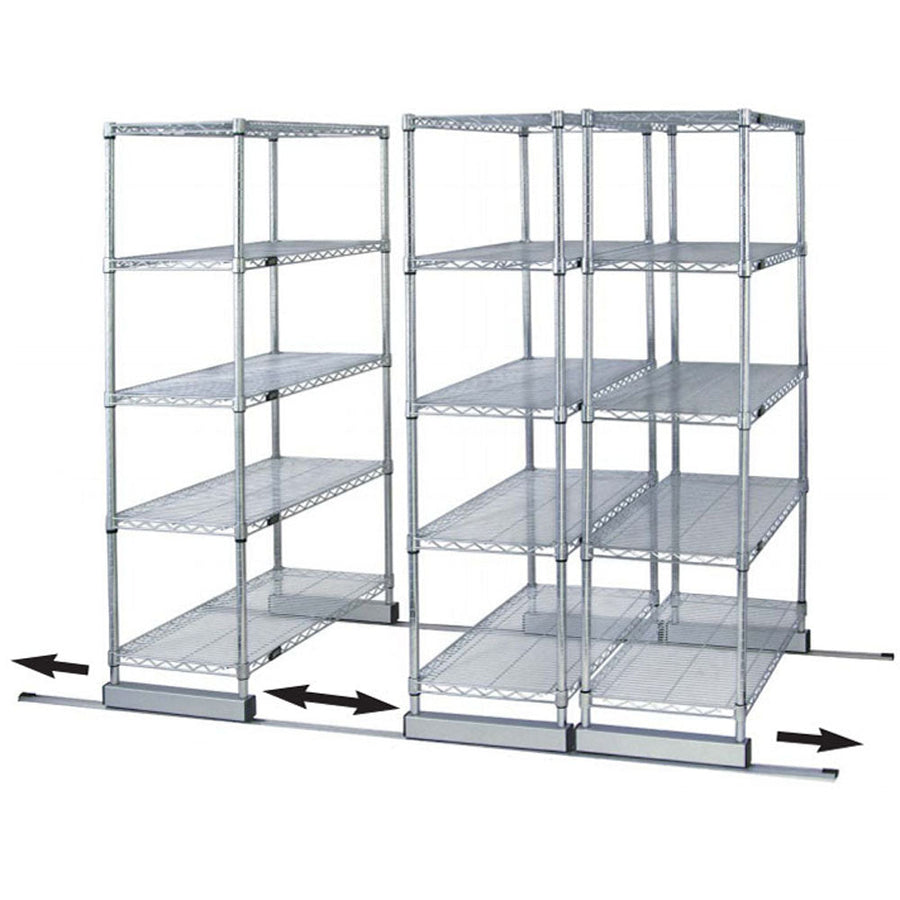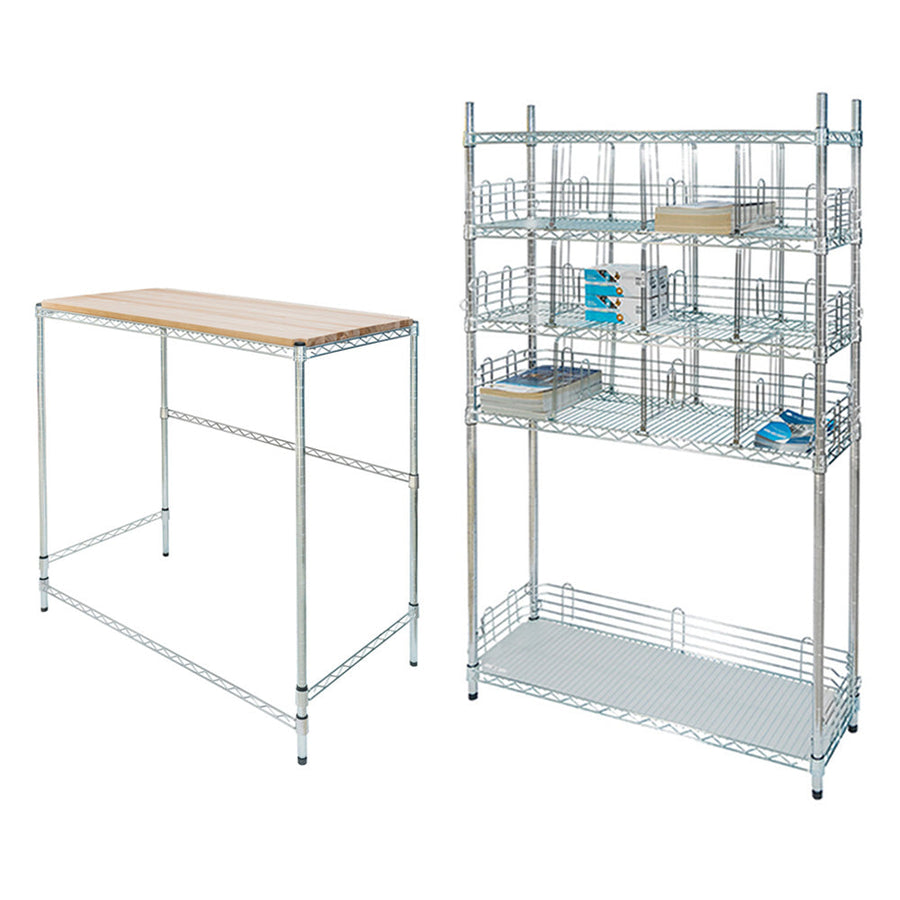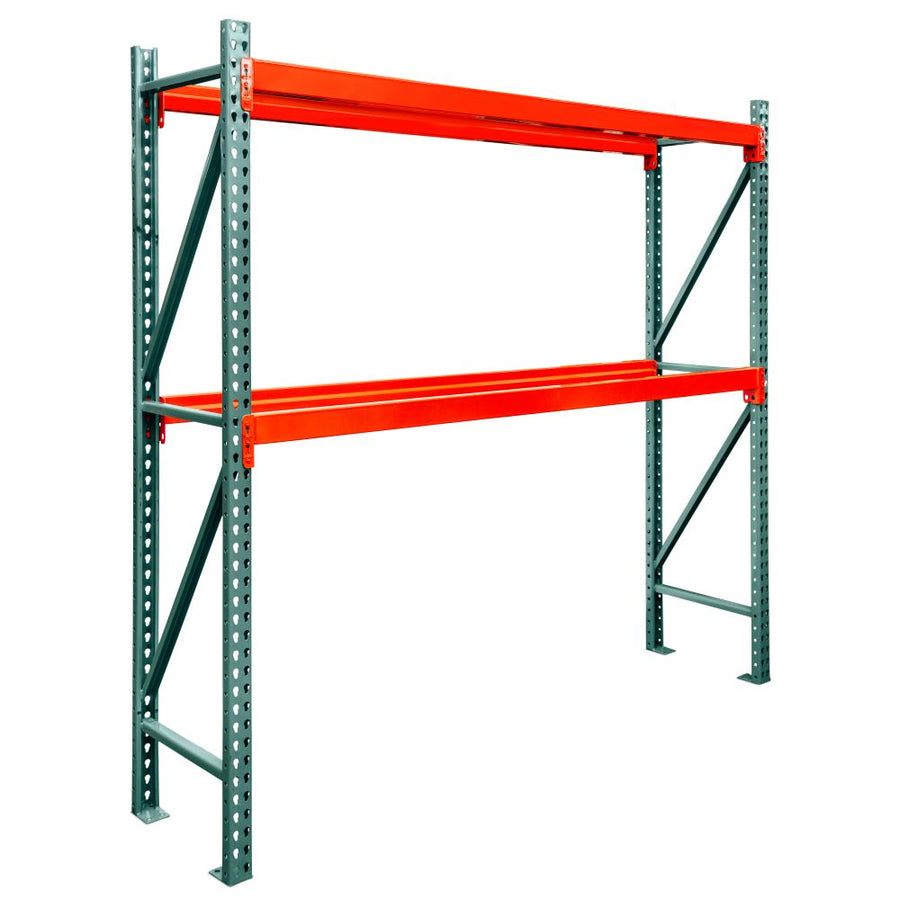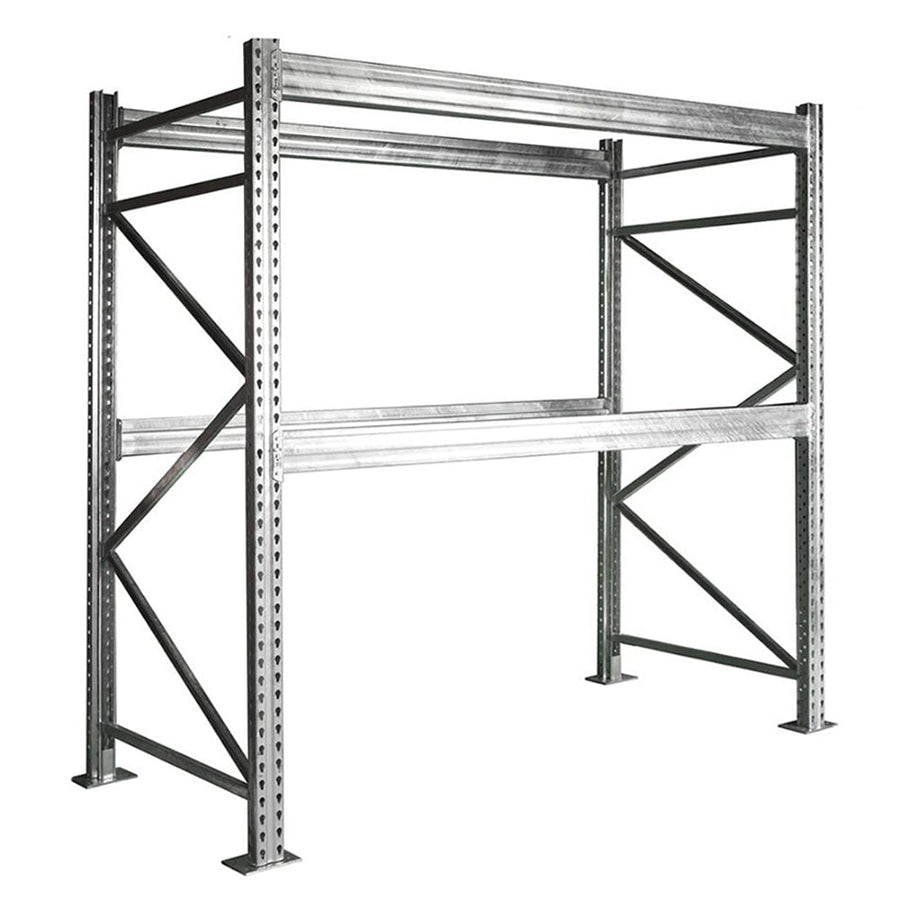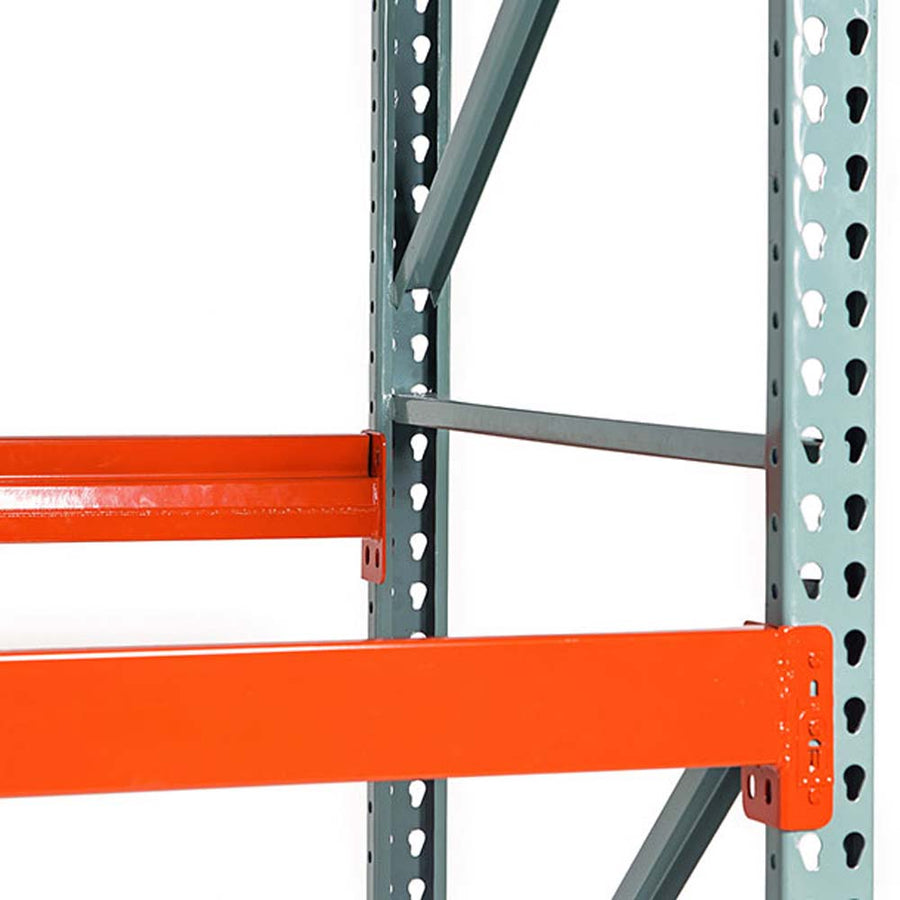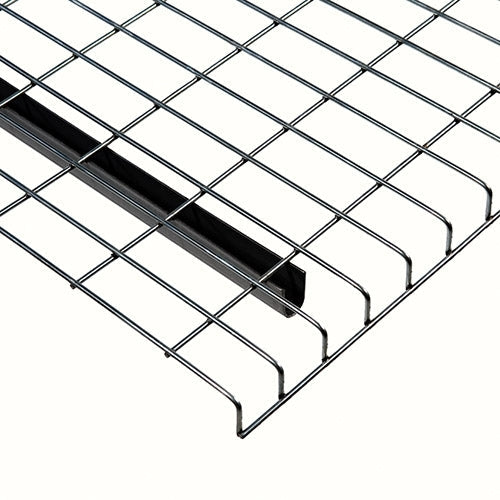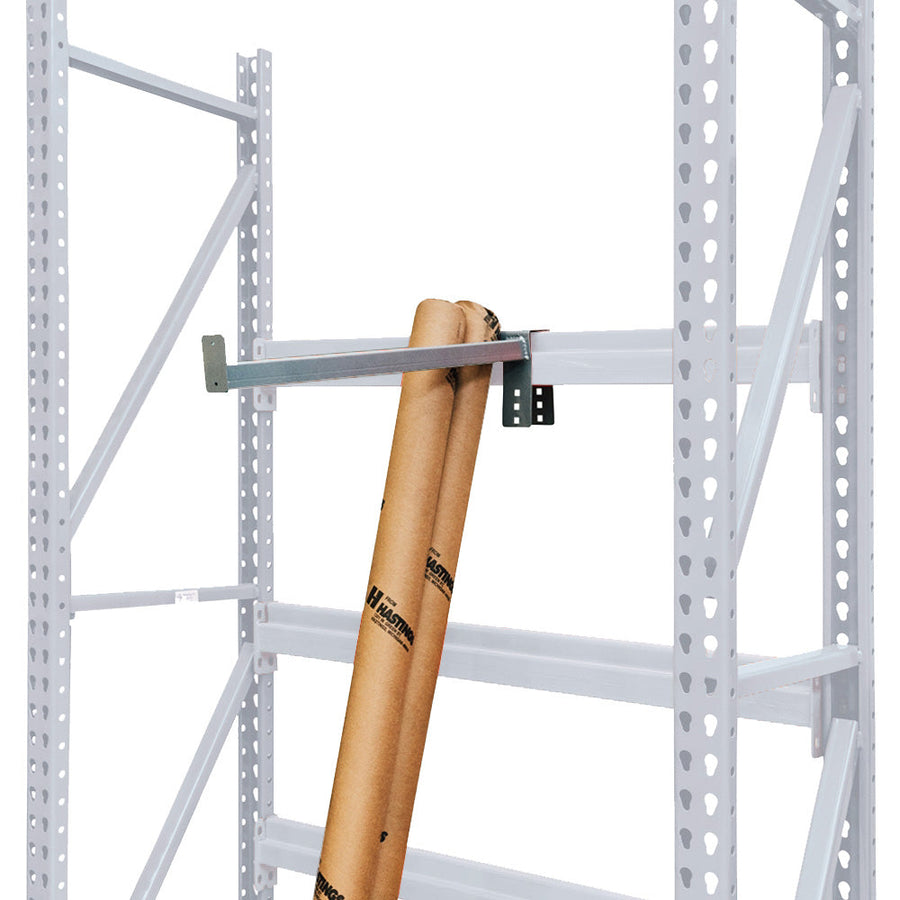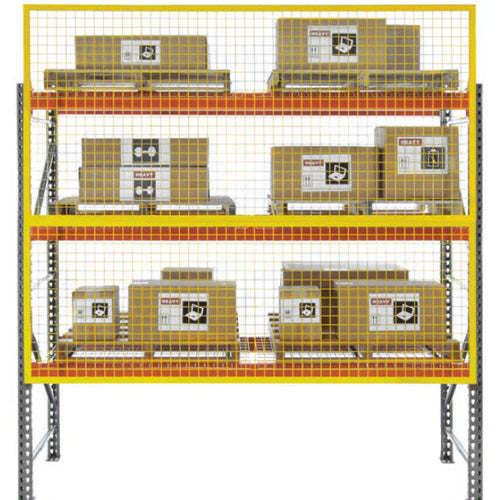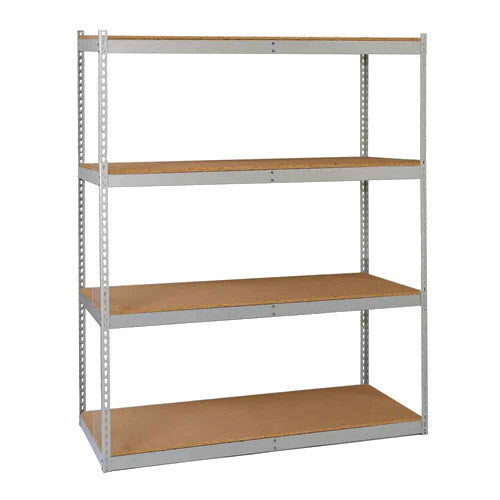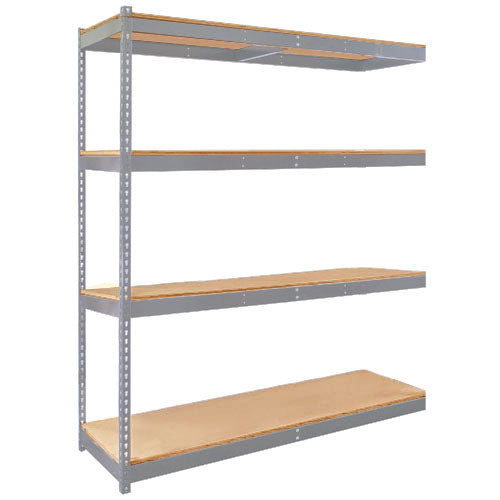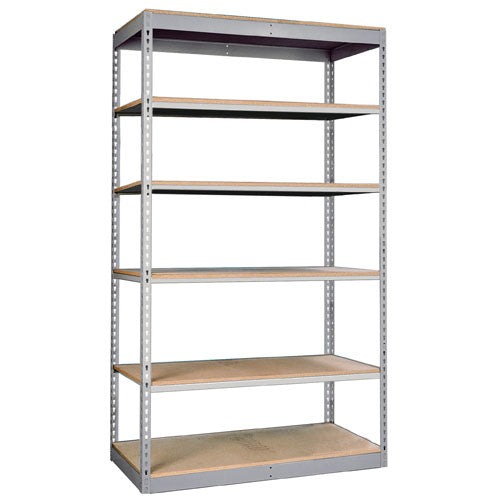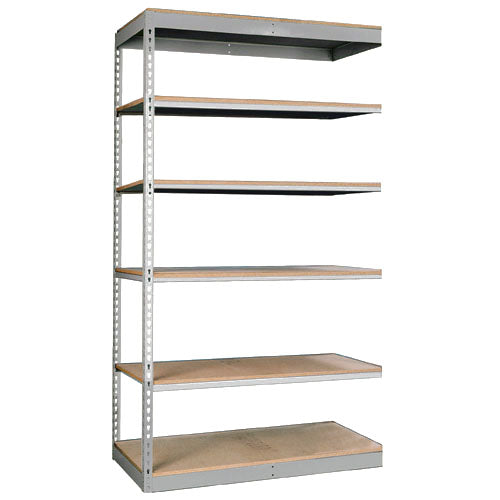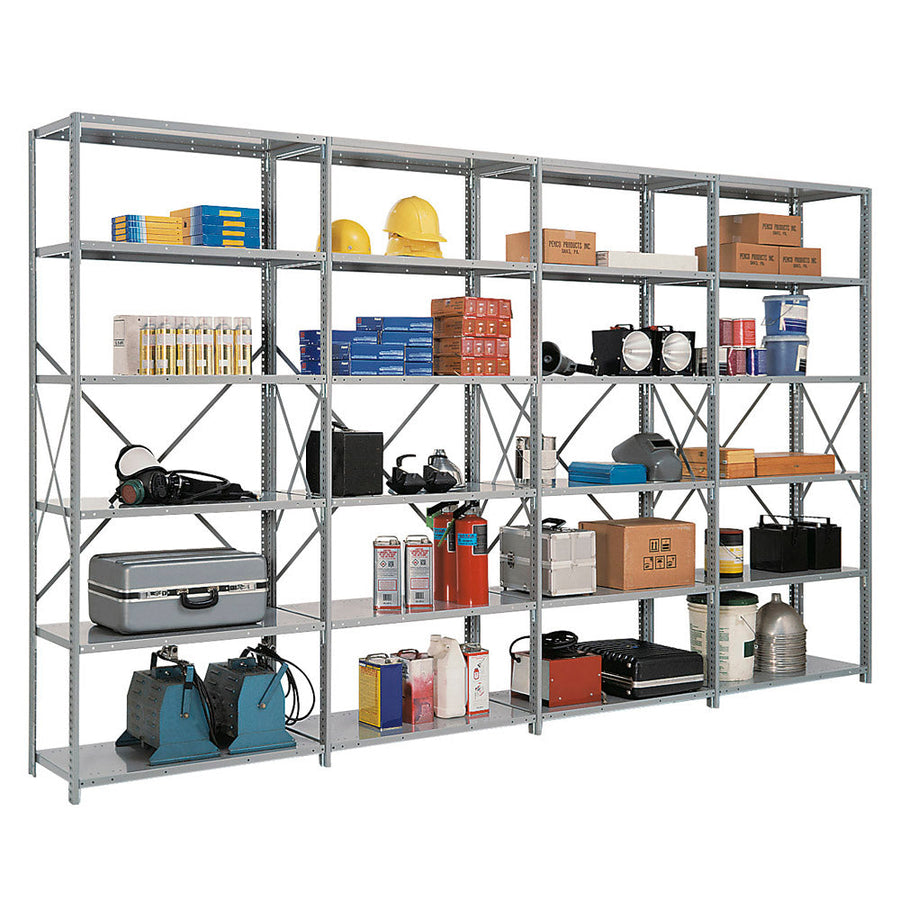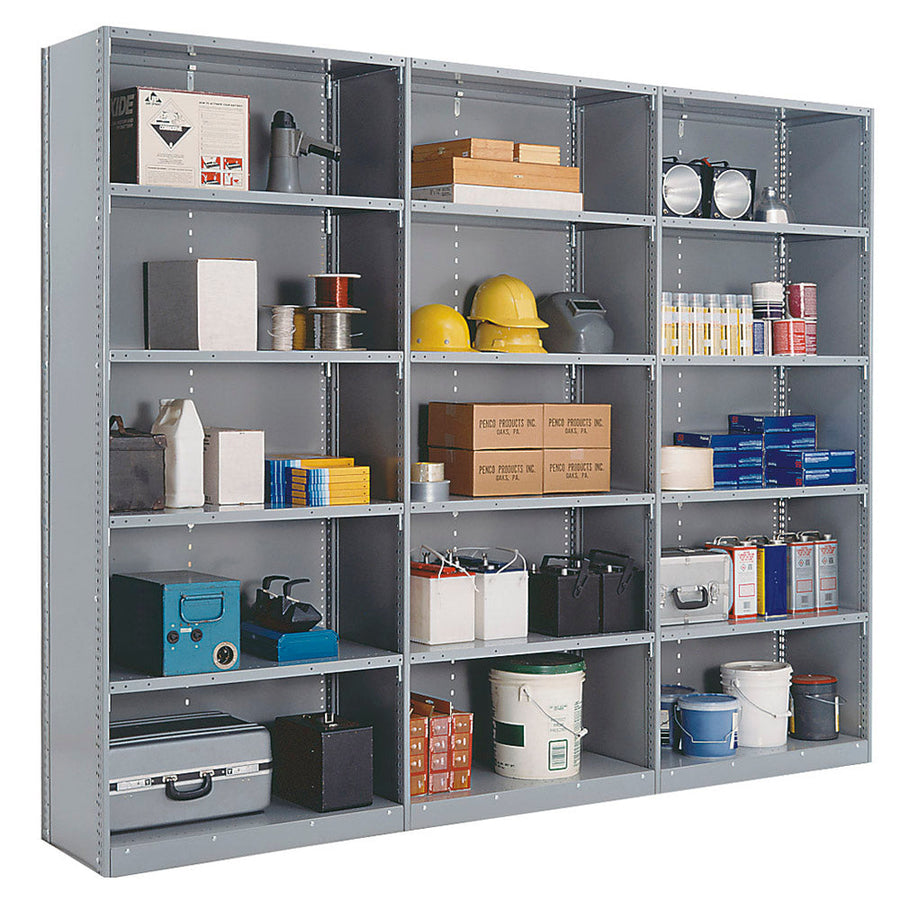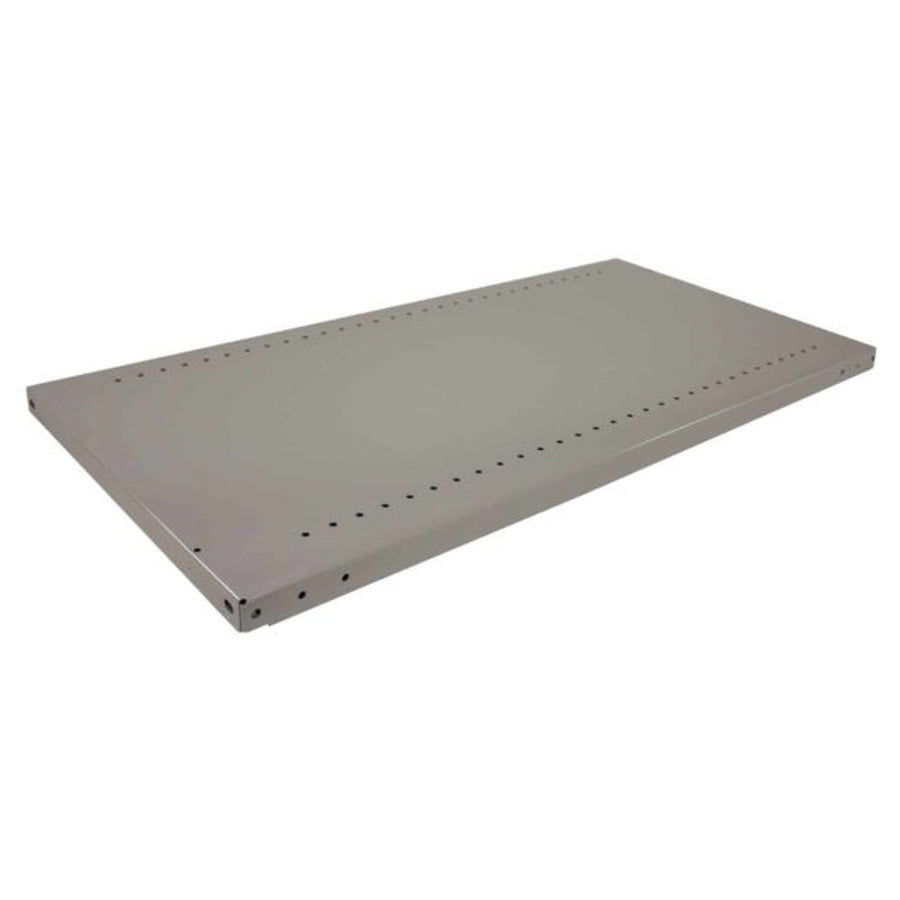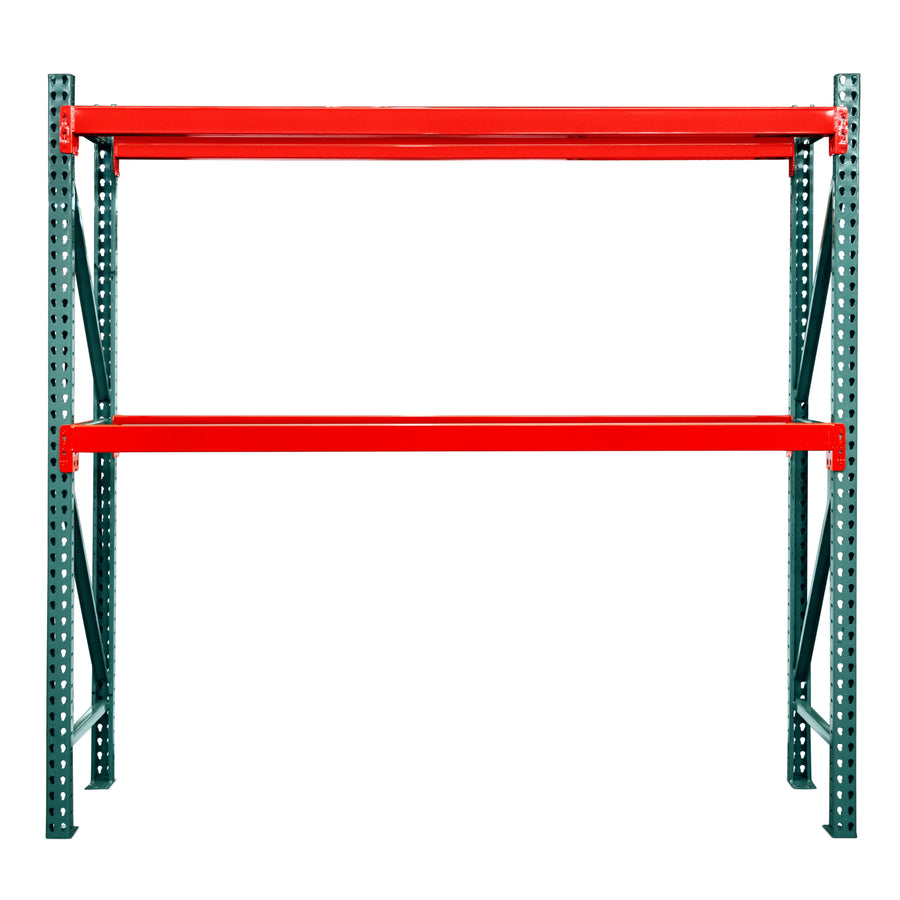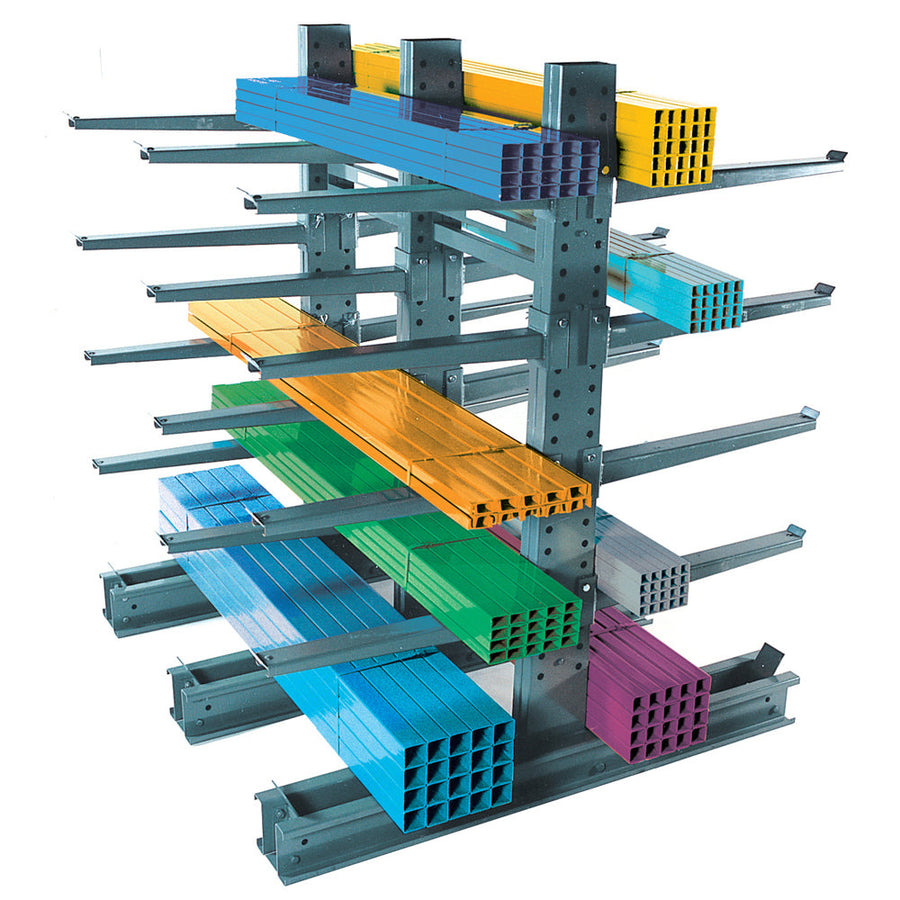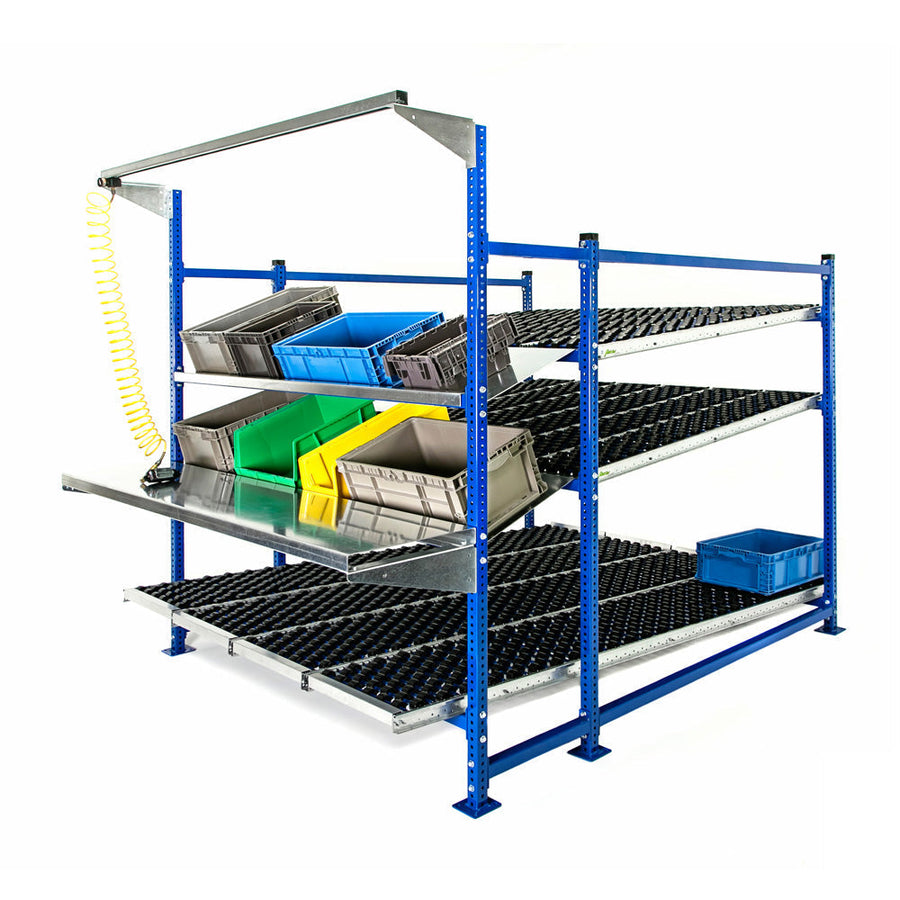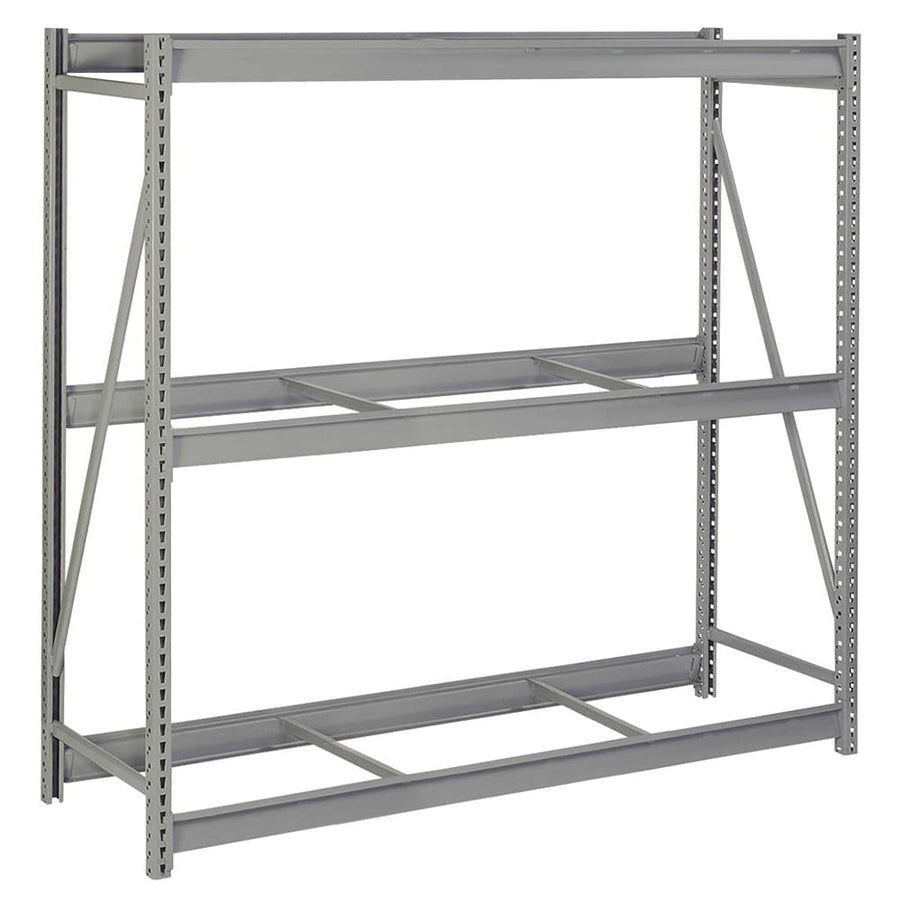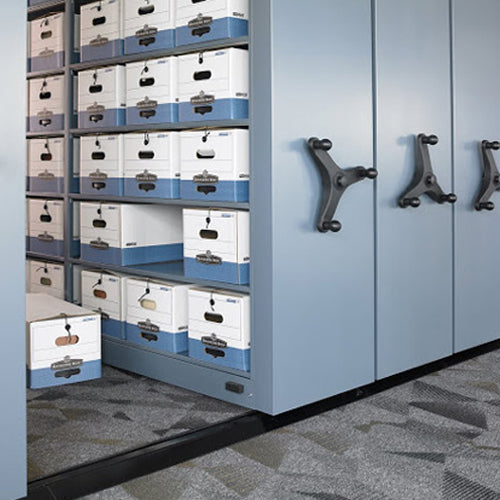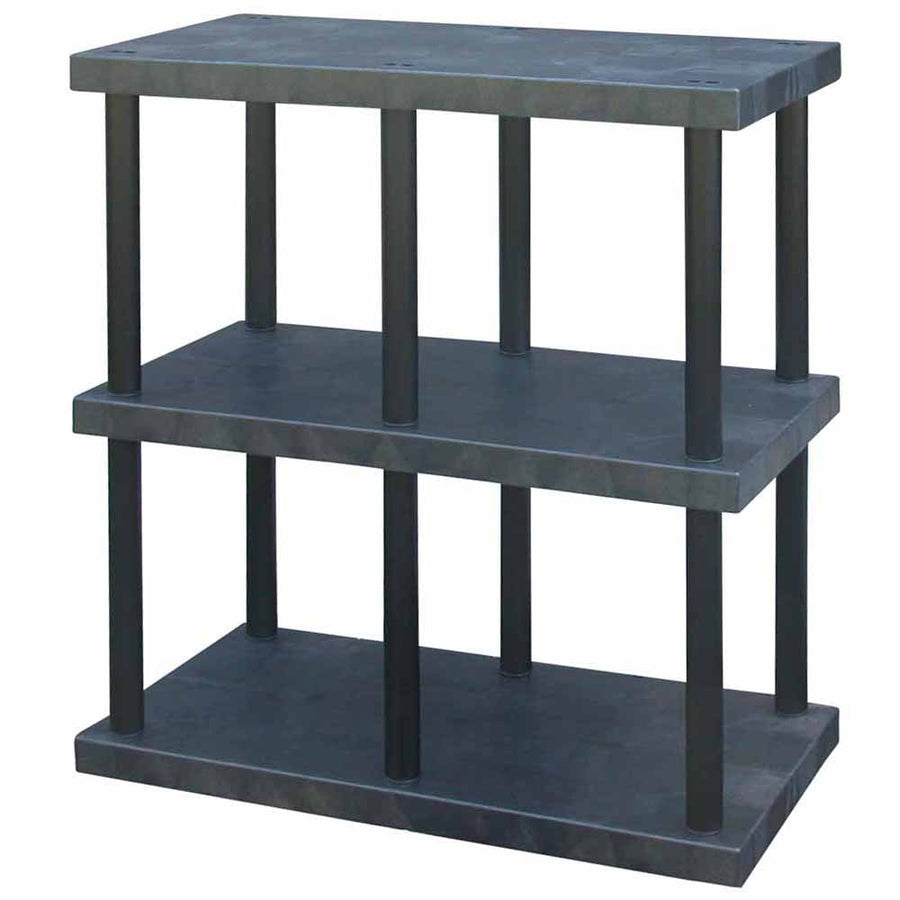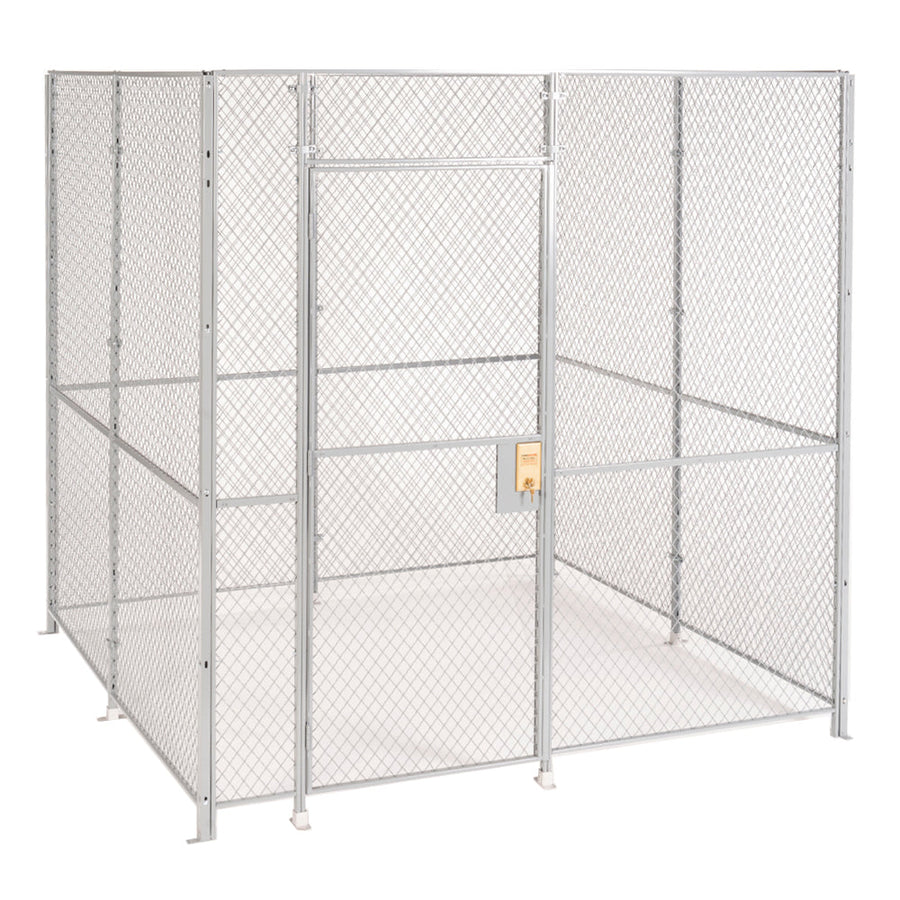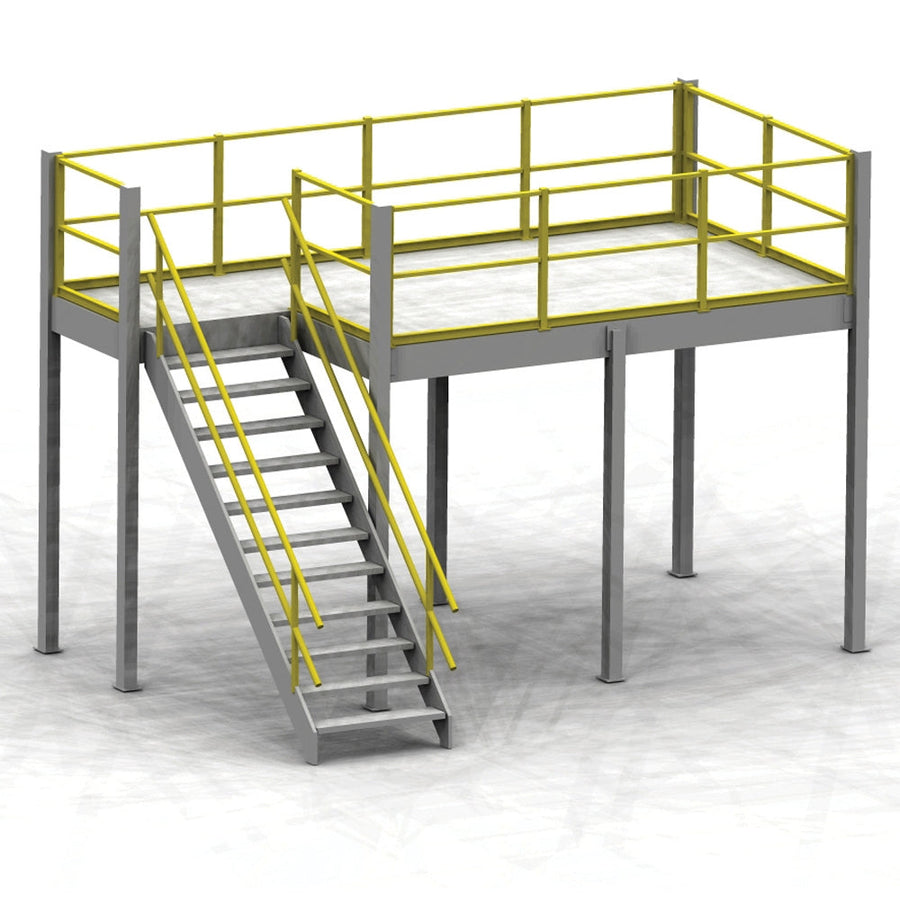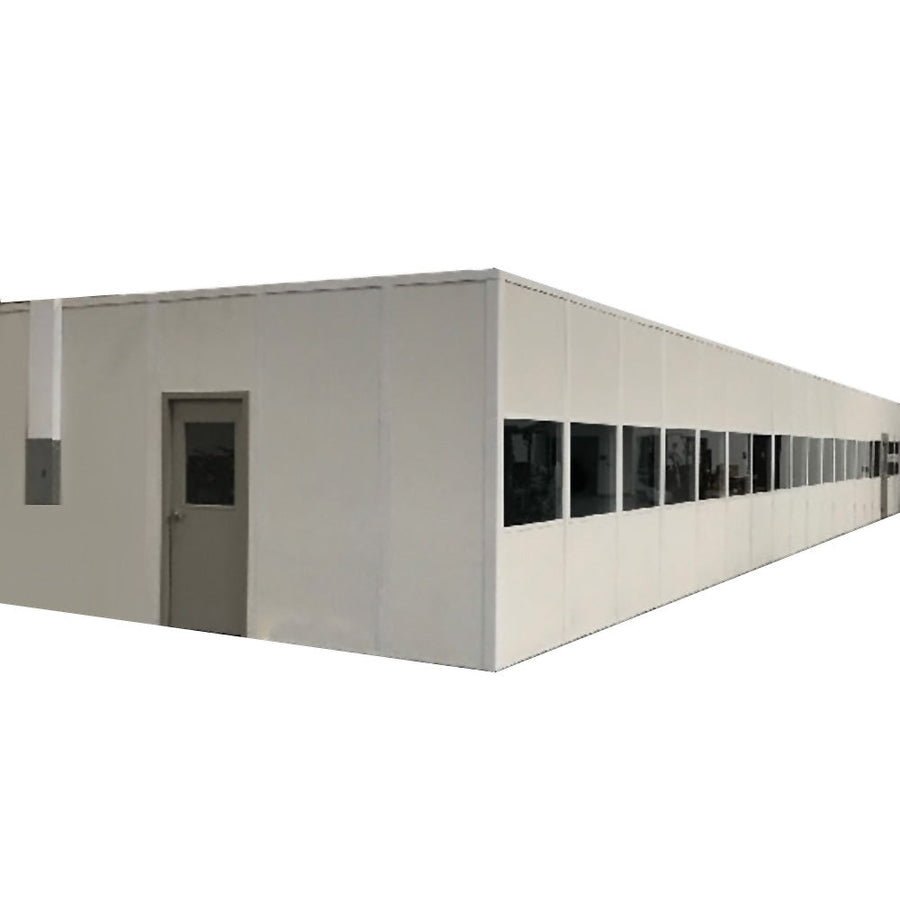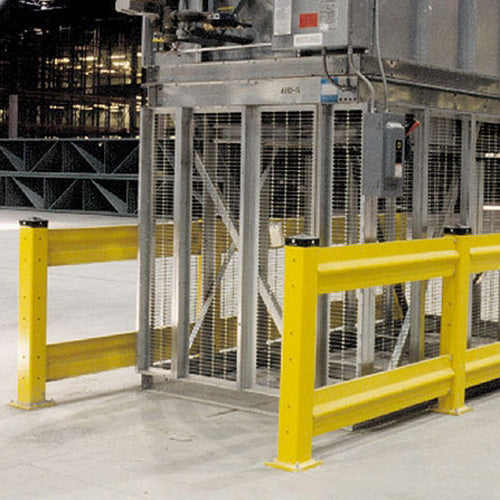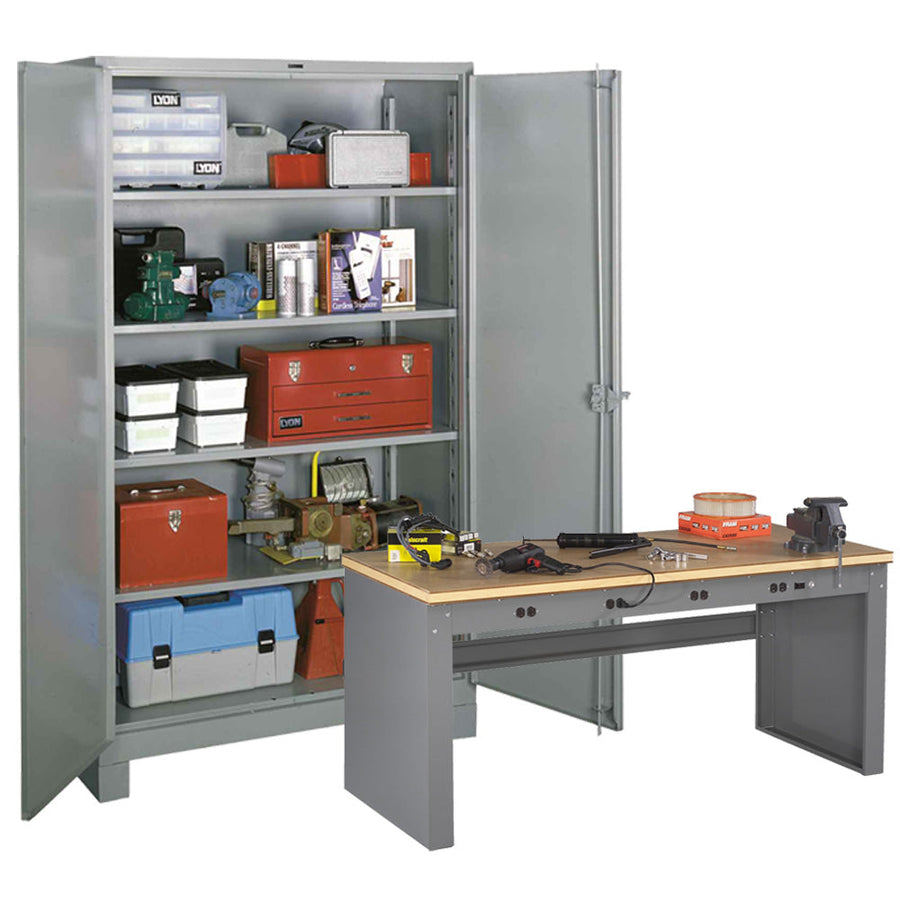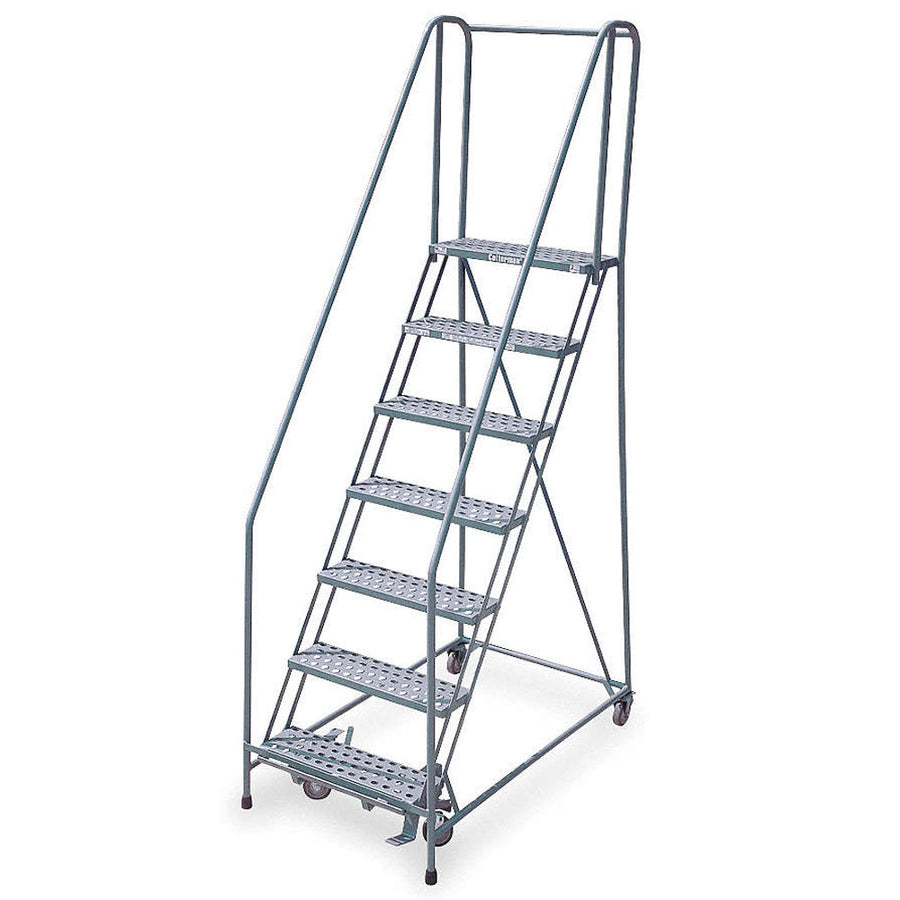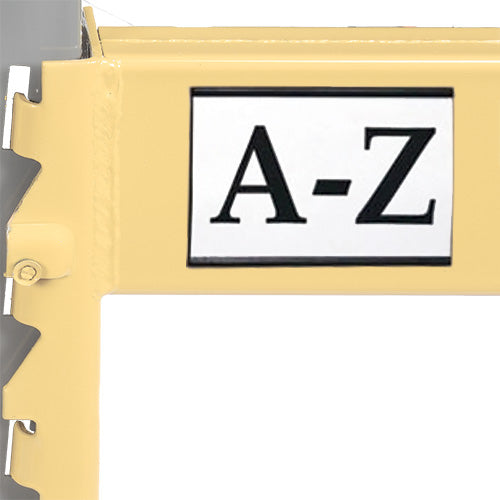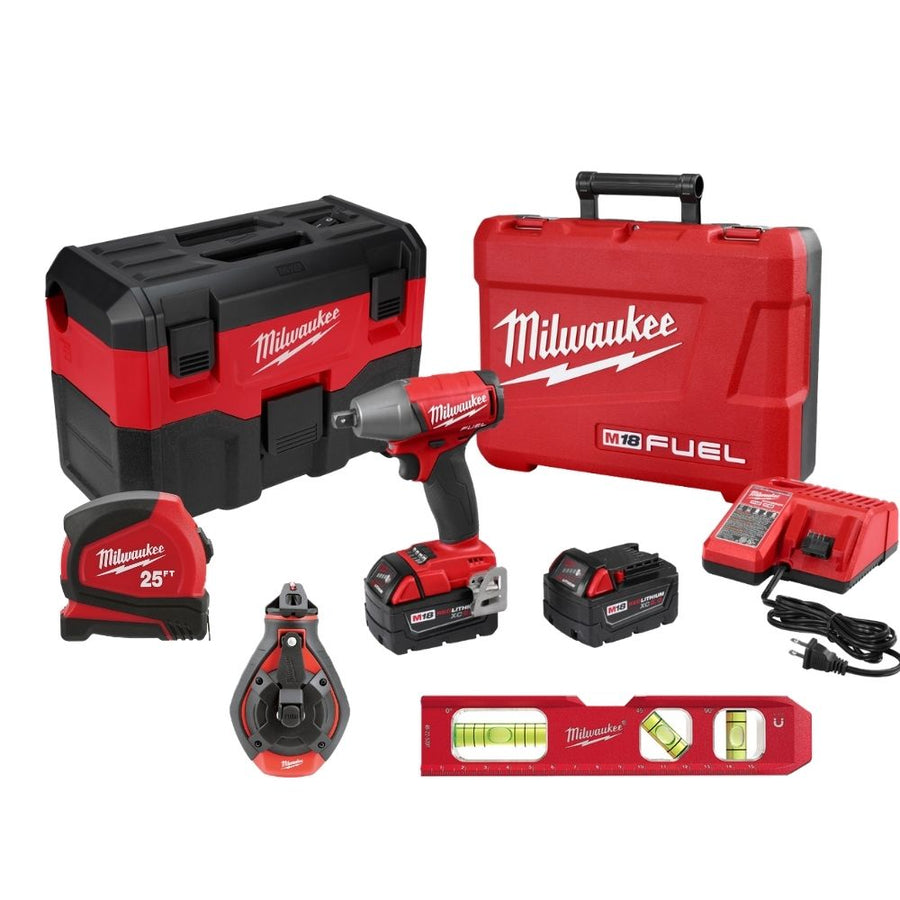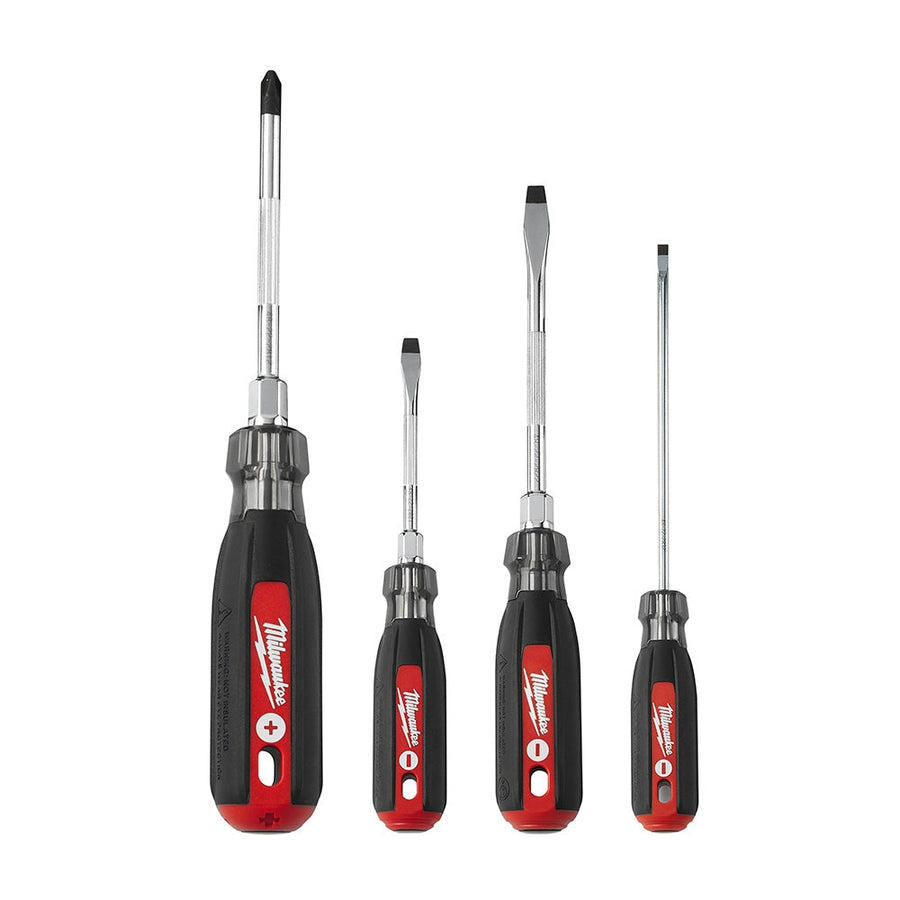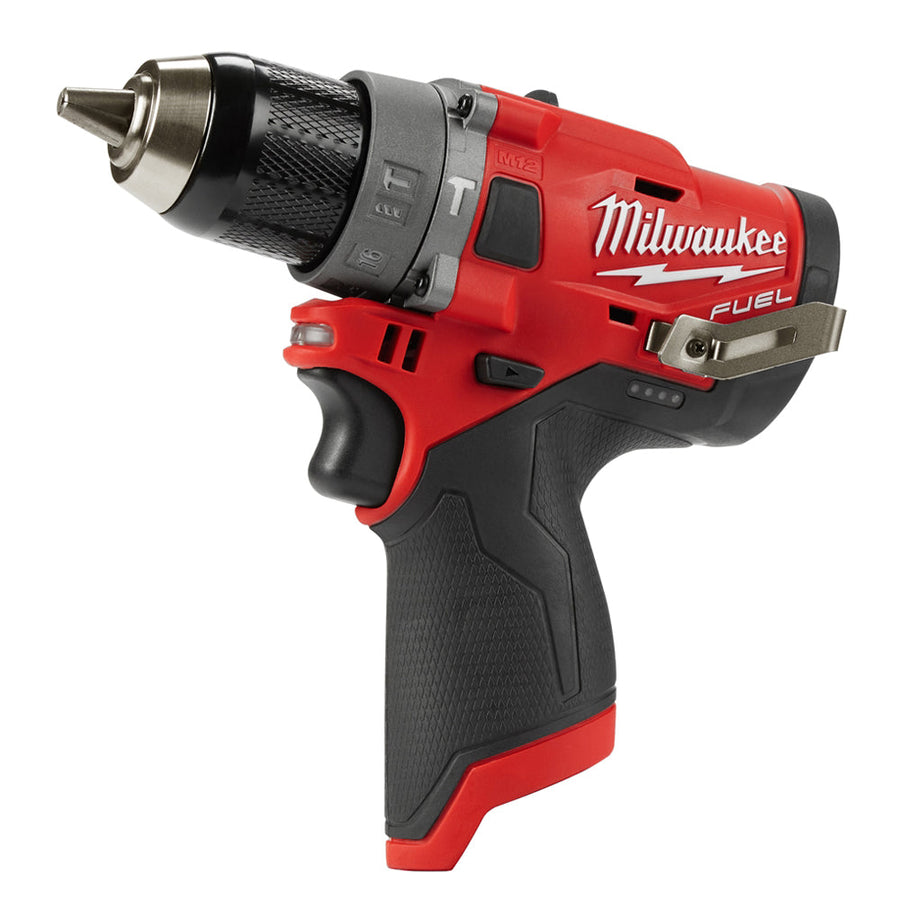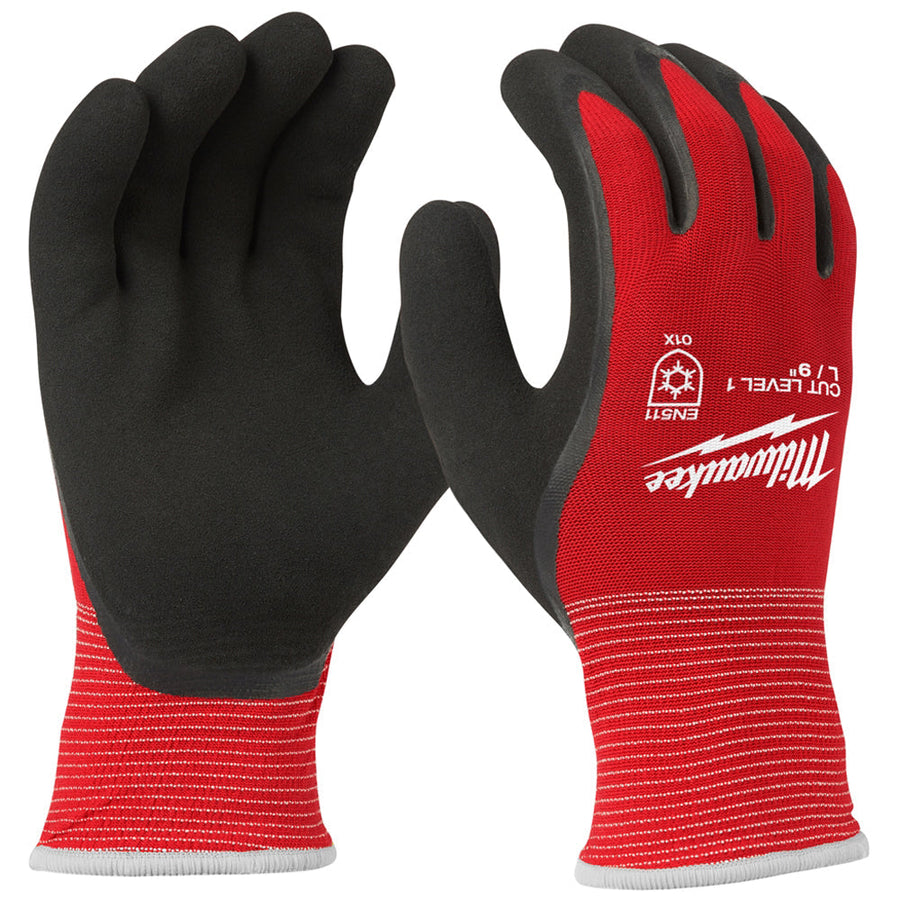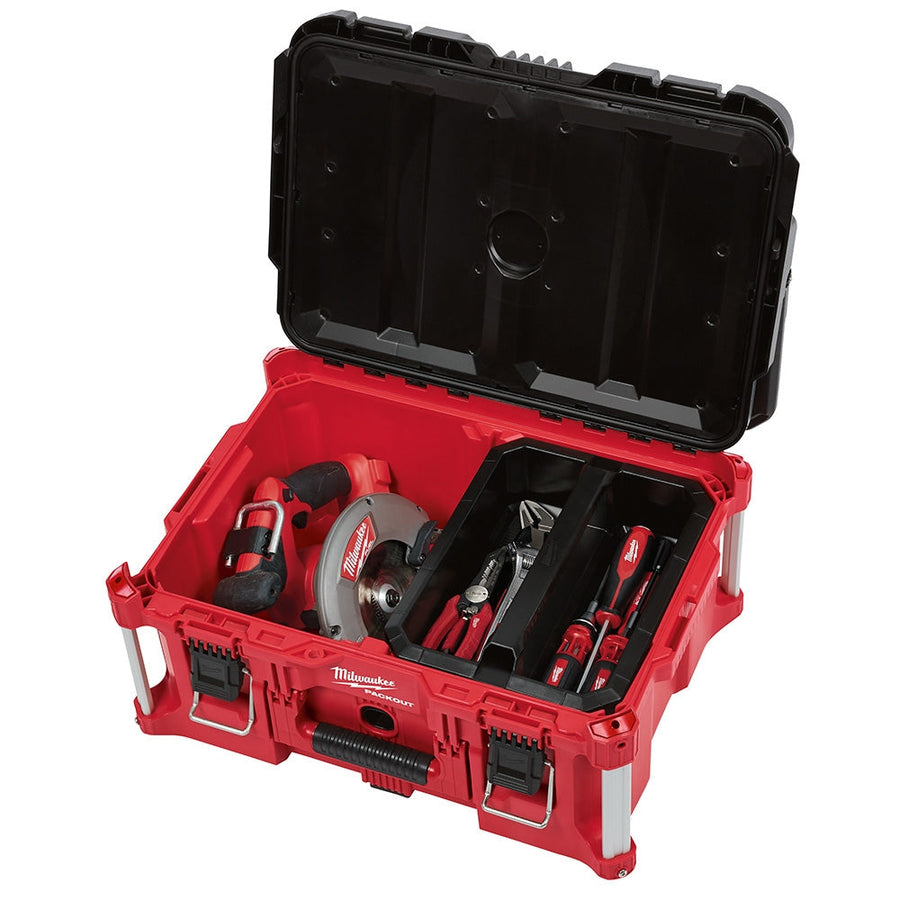Out of all the facets of warehousing that have seen an increase in popularity over the past year or so, imports have been one of the biggest.
A number of factors have contributed to the increase in imported goods being sold. Alongside the increase in online shopping overall during the pandemic, the additional spending money many Americans have (as a result of, well, having nowhere to go) combined with the increased ease in ordering goods from overseas have led to many warehouses in major port areas seeing an increase in imported goods.
Warehouses During the Import Boom
An increase in orders from overseas has continued to affect American warehousing and ecommerce, even after the busy holiday season.
CBRE reports that port-city warehouses had a vacancy rate of 3.6% at the end of 2020, which was a full percent lower than the national average. The reasons for this are numerous - reduced capacity for handling packages, ease of access to orders from overseas, various logistical snarls caused by social distancing requirements - but whatever the cause, imported goods are taking up a lot more space in warehouses all over the country.
Port cities aren’t the only ones seeing this effect, either. Larger warehousing hubs all throughout the US are running into a shortage of space due to imported goods as well. Due to the overall increase in e-commerce purchasing, many warehouses are forced to leave items with longer handling times on the dock or in the truck. Imported goods are often the first to be deprioritized, as they don’t come with nearly the same demands in shipping speed as domestically-purchased goods.
As a result, warehouses all over the country are backed up with shipments. Has this happened to your warehouse - or COULD it happen, and you just want to prepare for it?
Handling the Influx of Import Goods to Your Warehouse
Handling import goods often requires a little more effort than standard shipments, and may need you to refocus your efforts on setting up the best storage options throughout your warehouse.
Can I process the needed paperwork? Even if the customer or business has processed the needed import fees and such, there may still be additional bills of lading and other paperwork that needs to be handled when the goods arrive at your warehouse - paperwork that can increase your already valuable processing time. Make sure you have staff trained specifically in processing imported goods, and make sure your warehouse offices are prepared to handle the extra paperwork that comes with it.
Can I store the excess items? No matter where you are on the supply chain, you’re going to wind up needing to store these imported goods at some point. This can take up a lot of space that you weren’t prepared to give over just yet, and could interfere with the rest of your storage needs. Take this opportunity to set up more warehouse pallet racking and cantilever racking to store overflow goods until they can be properly attended to and sent off to the customer.
Can I get the items to their destination more quickly? Location always matters in warehousing, but doubly so when it comes to being the last-mile provider for imported goods. These items have likely already experienced a pretty lengthy travel time, particularly if customs or other governmental agencies have become involved, so you should focus on the items your warehouse is best prepared to help. Consider your current service area and geographical location before taking on imported goods, and focus on the items you can help move along most effectively - items being shipped to a neighboring area, for example, or items en route to a similar location to your other shipments.
With these in mind, you should be better prepared for the continued import boom than ever before.


